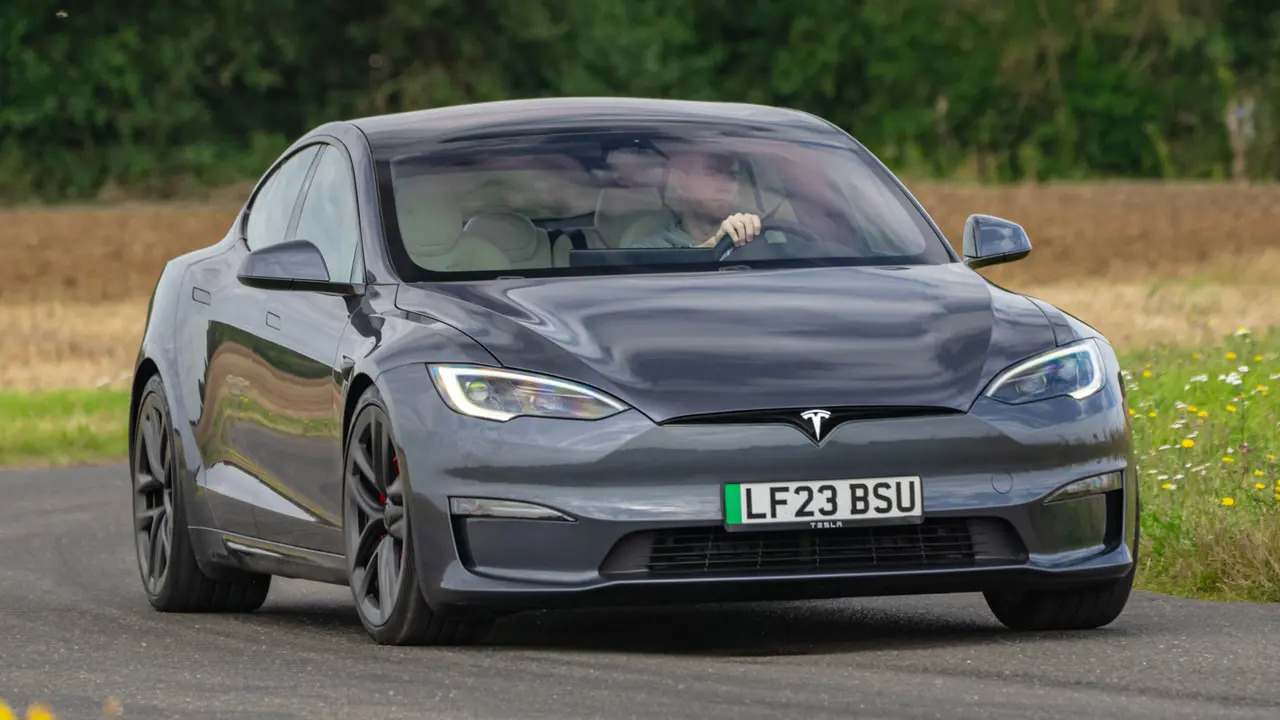The majority of car buyers think a new car purchase is synonymous with a high price. However, in some cases, car prices have dropped. A decrease may be affected by numerous factors, from the peculiarities of the market, to new technologies. The present paper investigates the car price overshoot process, the predisposing elements, its outcomes, and recent developments. The factors that cause car prices to drop may be the following: market competition. Intense rivalry between enterprises might induce manufacturers to lower their price in order to draw the customers. Thus, the manufacturer/enterprise/broker secures a more significant market quota.
**Factors Driving Car Price Decrease:**

1. **Market Competition:**
Intense competition among automakers can lead to Car Price Decrease wars, as companies strive to attract customers by offering competitive pricing. This can result in price decreases as manufacturers adjust their pricing strategies to gain a larger market share.
2. **Technological Advancements:**
The automotive industry is witnessing rapid technological advancements, particularly in areas such as manufacturing processes, materials, and vehicle efficiency. As technology improves and becomes more cost-effective, it often leads to lower production costs, allowing manufacturers to offer vehicles at reduced prices.
3. **Economic Conditions:**
Economic factors such as fluctuations in supply and demand, inflation rates, and changes in consumer spending behavior can also impact car prices. During economic downturns, for example, automakers may lower prices to stimulate demand and maintain sales volumes.
4. **Regulatory Changes:**
Changes in government regulations, such as emission standards and safety requirements, can influence car prices. While compliance with new regulations may initially increase production costs, manufacturers often find ways to optimize processes and reduce costs over time, resulting in lower prices for consumers.
**Implications of Car Price Decrease:**
1. **Increased Affordability:**
Car Price Decrease make vehicles more accessible to a broader range of consumers, including those on tighter budgets or looking for more affordable options. This can stimulate demand and drive sales growth in the automotive market.
2. **Market Disruption for Car Price Decrease:
Significant price decreases in certain vehicle segments can disrupt the market dynamics and impact the competitive landscape. Established players may face challenges from new entrants or lower-priced alternatives, forcing them to adjust their strategies to remain competitive.
3. **Consumer Behavior:**
Reduced car prices can influence consumer preferences and purchasing decisions. Consumers may opt for newer models or higher trim levels that were previously out of their budget, leading to shifts in demand across different vehicle segments.
4. **Long-Term Sustainability:**
Sustainable pricing strategies that prioritize affordability without compromising quality can contribute to the long-term success of automakers. Building a loyal customer base through competitive pricing can enhance brand reputation and foster customer loyalty.
**Emerging Trends in Car Price Decrease:**
1. **Electric Vehicles (EVs):** The growing popularity of electric vehicles is Car Price Decrease as manufacturers invest in research and development to improve battery technology and reduce production costs. Government incentives and subsidies for EVs further contribute to price decreases, making them more appealing to consumers.
2. **Shared Mobility:** The rise of shared mobility services such as ride-hailing and car-sharing platforms is reshaping the automotive industry. Increased demand for fleet vehicles from these services providers is putting pressure on manufacturers to offer competitively priced vehicles suitable for shared use.
3. **Digitalization:** Digitalization is revolutionizing the way cars are designed, manufactured, and sold. By leveraging digital technologies such as automation, artificial intelligence, and data analytics, automakers can streamline processes, optimize efficiency, and lower production costs, ultimately leading to price decreases for consumers.
In conclusion, the decrease in car prices is a multifaceted phenomenon driven by various factors including market competition, technological advancements, economic conditions, and regulatory changes. While lower prices enhance affordability and stimulate demand, they also bring about market disruptions and compel automakers to adapt to changing consumer preferences and industry trends. As the automotive industry continues to evolve, the dynamics of Car Price Decrease will remain a focal point, shaping the future of mobility and driving innovation in the years to come.
What are the primary factors influencing the decrease in car prices?
The primary factors driving the decrease in Car Price Decrease include market competition, technological advancements, economic conditions, and regulatory changes. These factors interact to shape pricing strategies and market dynamics within the automotive industry.
How do technological advancements contribute to lowering car prices?
Technological advancements play a significant role in reducing car prices by improving manufacturing processes, materials, and vehicle efficiency. As technology becomes more cost-effective, production costs decrease, allowing manufacturers to offer vehicles at lower prices to consumers.
What role does market competition play in influencing car prices?
Market competition encourages automakers to adjust their pricing strategies to attract customers and gain market share. Intense competition often leads to price wars, where companies offer competitive pricing to maintain their competitiveness, ultimately resulting in lower car prices for consumers.
How do economic conditions impact car prices?
Economic conditions, such as fluctuations in supply and demand and changes in consumer spending behavior, can influence car prices. During economic downturns, for example, automakers may lower prices to stimulate demand and maintain sales volumes, while during periods of economic growth, they may adjust prices to reflect increased consumer purchasing power.
What are some regulatory changes that contribute to decreasing car prices?
Regulatory changes, such as emission standards and safety requirements, can impact car prices. While compliance with new regulations may initially increase production costs, manufacturers often find ways to optimize processes and reduce costs over time, resulting in lower prices for consumers.
How do decreasing car prices affect consumer behavior?
Decreasing car prices make vehicles more accessible to a broader range of consumers, influencing their purchasing decisions and preferences. Consumers may opt for newer models or higher trim levels that were previously out of their budget, leading to shifts in demand across different vehicle segments.
Can you discuss the implications of sustainable pricing strategies for automakers?
Sustainable pricing strategies prioritize affordability without compromising quality, contributing to the long-term success of automakers. By building a loyal customer base through competitive pricing, automakers enhance brand reputation and foster customer loyalty, leading to increased market share and profitability.
What emerging trends are contributing to the Car Price Decrease?
Emerging trends such as electric vehicles, shared mobility services, and digitalization are driving down car prices. Advances in battery technology and government incentives for electric vehicles, for example, are making them more affordable and appealing to consumers. Similarly, the rise of shared mobility services is increasing demand for competitively priced fleet vehicles.








